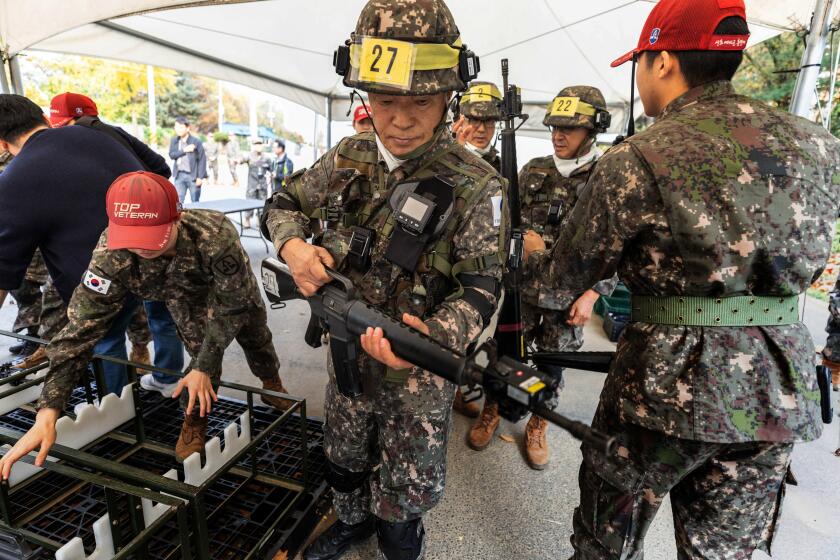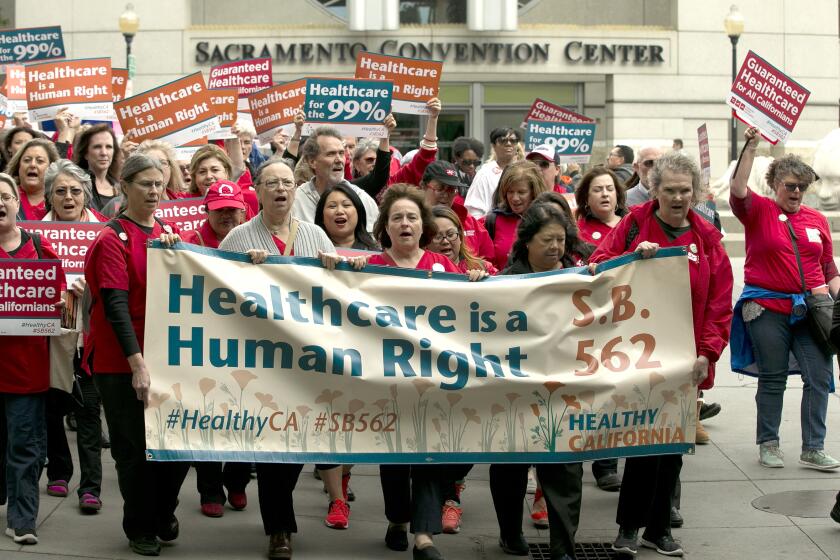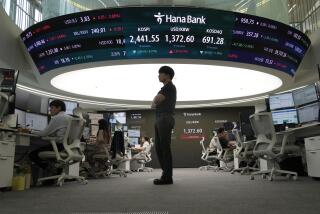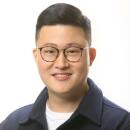Everyone agrees South Korea needs more doctors — except the 9,000 doctors on strike

SEOUL — By many measures, South Korea’s healthcare system is among the most successful in the world.
Seeing a doctor is easy. The mortality rate from preventable illnesses is low. And though most hospitals and clinics are privately run, a nationalized single-payer health insurance program keeps costs affordable.
An appendectomy costs $2,500 — less than a fifth of the average price in the United States — with 80% of that covered by government insurance.
But a four-month-old strike by more than 9,000 medical residents and interns across the country is turning the public against the medical establishment.
At issue is a government plan to add 1,497 slots to medical school admissions — a 48% increase — in order to meet the rising need for healthcare as South Korea’s population ages.
With South Korea’s birthrate plummeting, veterans in their 60s and 70s say they can bolster the army’s ranks. But can they keep up with the young?
The government says it is simply trying to plug shortages in essential fields such as pediatrics or gynecology, which doctors are increasingly shunning for higher-paying specializations.
But junior doctors, backed by their senior peers, say that a wave of new graduates will compromise the quality of medical education, lead to unnecessary medical appointments and drive down physician salaries.
“Of course we are conscious of the fact that these new graduates will end up joining the competition in the private practice market later,” said Dr. Peter Han, a 30-year-old internal medicine resident who resigned from his job at a major teaching hospital in Seoul in February. “Nothing good will come of that.”

At a rally in Seoul last month organized by the Korean Medical Assn., doctors held placards that read, “The rushed increase of medical school admissions will collapse the medical system.”
Given South Korea’s fertility rate — the lowest in the world — senior citizens are expected to make up 40% of the total population by 2050.
With around 112,000 active physicians as of 2022, the government has estimated the country will need at least 10,000 more in the next decade.
State officials want to use artificial intelligence to translate public healthcare and social services documents and websites. But some experts worry AI may introduce errors.
Some fields are already facing shortages. A survey of 59 teaching hospitals by Medi C&C, a local medical data company, found that pediatric departments failed to fill 152 of their 205 residency openings this year. Dermatology and plastic surgery departments faced overflows.
The protesting doctors have accused the government of failing to factor in artificial intelligence — which they say will someday reduce healthcare’s reliance on human labor.
They have also suggested that much of the problem could be solved by increasing efficiency in a system that has long been a marriage of a strong social safety net and the free market. South Koreans visit the doctor an average of 15.7 times a year — far more than in any other country, according to the Organization for Economic Cooperation and Development.
And despite being classified as tertiary care institutions meant for the sickest patients, university hospitals are chronically overcrowded because costs are low and primary care physicians give out referrals for even minor ailments.
Therein lies another factor motivating the strikers: Medical residents say they are the cheap labor propping it all up.
At leading U.S. hospitals, residents make up around 14% of total physicians on staff. In South Korea, they account for around 40% of the physicians at the hospitals where they train. They earn nearly $2,900 a month while working an average of nearly 80 hours a week, often in 36-hour shifts.
The latest attempt to bring a single-payer healthcare system to California failed in the state Legislature on Thursday, undercut by its steep price tag as lawmakers struggle with a mounting budget shortfall.
“People will say, ‘That’s why we’re trying to graduate more doctors,’ but hospitals won’t necessarily hire more of us when it’s more profitable to run the ones they have into the ground,’ ” Han said. “All of these frustrations are just finally boiling over.”
As the strike grinds on, the doctors are losing the battle for public opinion. More than 80% of South Koreans oppose the strike and support the government’s plan, according to a recent poll by research company Southern Post.
Amid reports of cancer patients experiencing disruptions in their treatment and patients being shuttled from one emergency room to the next in search of care, some patient advocacy groups have called on the government to permanently revoke the medical licenses of striking doctors and bring in replacements from abroad.
The government has tried to force the absentees back to their posts with threats of legal punishment, a hard-line strategy that appears to have backfired.
“The government and doctors’ groups are behaving the same way, which is why dialogue isn’t happening,” said Yoon Tae-ho, a health management expert at Pusan National University. “The people have simply become a tool and object in this fight.”
Among them is Suh Yi-seul, whose 12-year-old son Kai was born with a rare congenital disorder called Klippel-Trenaunay syndrome that has caused his right leg and foot to grow to twice as thick as his left and occasionally triggers skin infections that have kept him from school.
Providing GLP-1 drugs to 19.7 million Medicare beneficiaries with obesity would cost $268 billion a year, researchers estimate in a recent study.
“All he can do when that happens is lie still for 10 days while taking antibiotics,” Suh said. “And each time, after the swelling goes down, his leg has grown a little bit bigger.”
The departure of residents from his hospital in Seoul has put an indefinite hold on evaluating him for an experimental therapy that research has suggested could help prevent his condition from worsening.
She said she empathized with the doctors but suggested they were behaving selfishly: “Shouldn’t they also think of the social good, and not just their group interests?”
As the head of a nationwide network for patients with her son’s condition, Suh recently met with lawmakers from the National Assembly’s Health and Welfare Committee. It went nowhere.
“It really just felt like they showed up just to let us vent,” Suh said. “They don’t know what to do for us either.”
More to Read
Sign up for Essential California
The most important California stories and recommendations in your inbox every morning.
You may occasionally receive promotional content from the Los Angeles Times.















